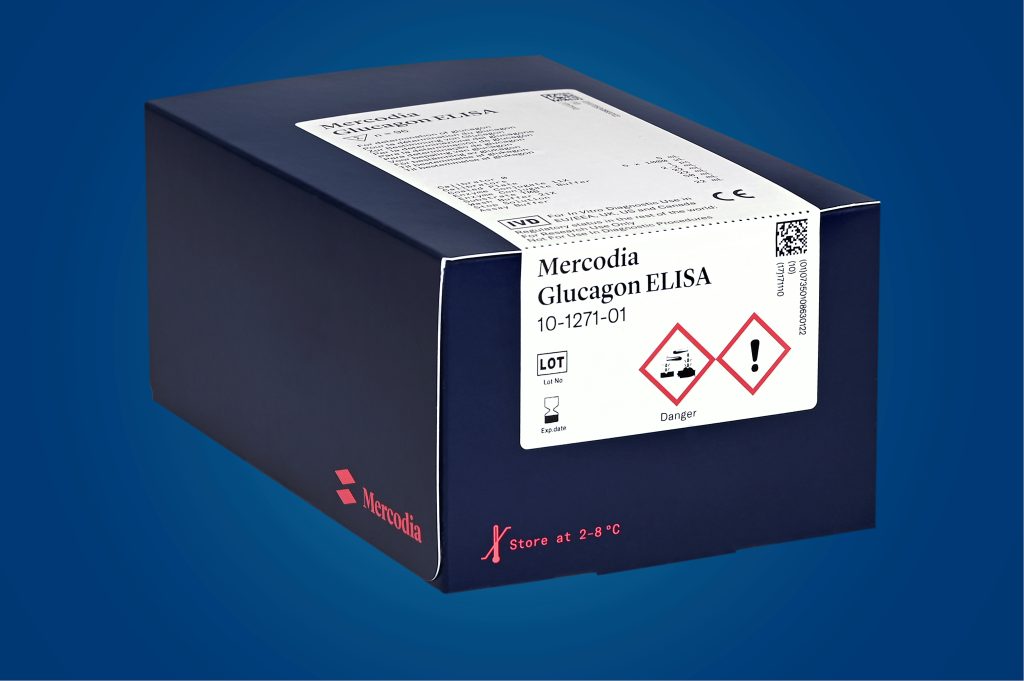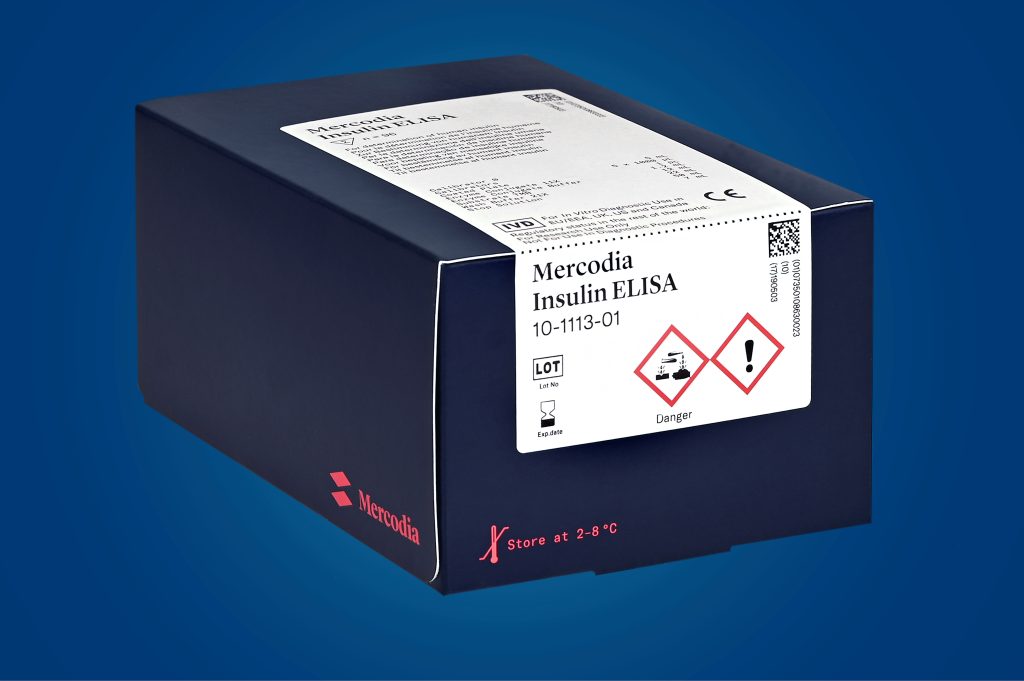Glucagon-induced insulin resistance can result in a complicated insulin-deficient state that may lead to an altered capacity of the skeletal muscle to oxidize fatty acids.
Since insulin and glucagon together balance blood sugar levels, their activity defines skeletal muscle oxidation and has an impact on plasma-free fatty acids, skeletal muscle glucose uptake, and muscle mitochondrial ATP production.
By measuring both biomarkers instead of only one of them, researchers and clinicians can more certainly demonstrate alterations in the regulation of muscle glucose uptake and hence muscle maintenance.


You can measure both analytes using Mercodia products. Measure insulin levels using the human Insulin ELISA (10-1113-01) and glucagon levels using the Glucagon ELISA (10-1371-01). Both gold standard assays have been broadly used and validated by researchers and clinicians and follow international standards.




